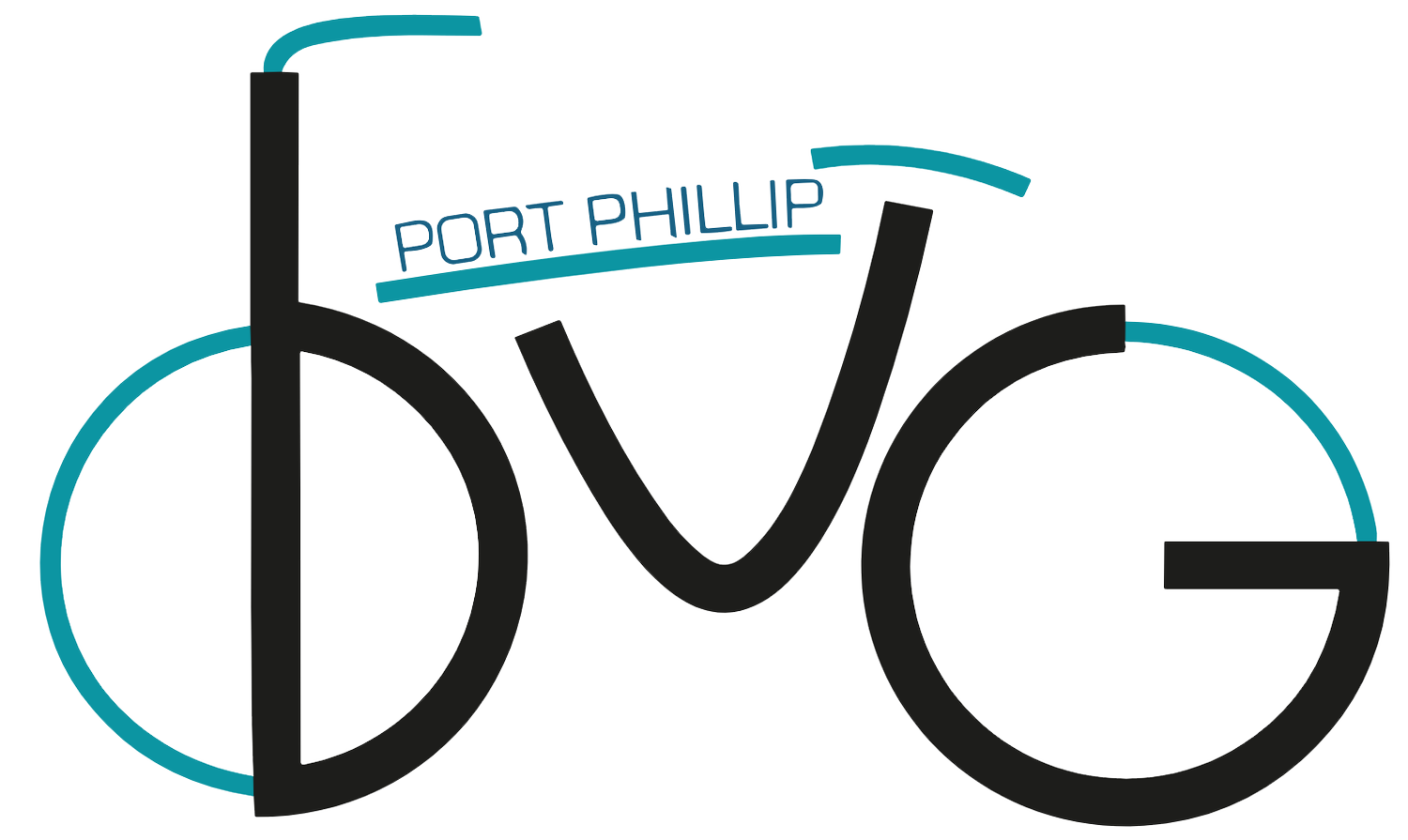At the council meeting on 15th May, Council had a huge crowd in attendance, filling the gallery and overflowing into the lobby.
On the table were two options: Option A, a protected bike lane on Inkerman St. Option B, a painted lane. Both options had improved pedestrian safety, including 3 crossings, and much larger car parking spaces to accommodate SUVs. Option A would result in the loss of 114 car parks, while option B would result in the loss of 14 car parks. Both incorporated the scheduled resheeting of Inkerman Rd (which accounts for a substantial proportion of the headline costs).
Per the council documents, Option A had better safety outcomes and better aligned with Council policy, to encourage sustainable transport options. It was supported by slightly more people in the consultation phase than option B. Despite this, in the summary the council officers noted that “Local businesses are concerned that parking loss associated with Option A may adversely impact their business” and therefore recommended Option B.
The contention that replacing car parking with a dedicated safe bike lane would adversely affect business was not backed up by any data—- in fact studies from around the world conclude that this kind of intervention leads to streets that thrive more than nearby streets without (e.g see this article https://www.bloomberg.com/news/articles/2021-12-08/for-store-owners-bike-lanes-boost-the-bottom-line ).
There were around 60 speakers from the public registered, though in the end only around 40 spoke.
Jacob live-tweeted the public speakers here: https://twitter.com/Hailfromthepale/status/1790665119246295242?t=iAhxuIIT4hu5EOMzlwy_ug&s=19
Most of the comment was from people concerned about losing their parking. There wasn’t much engagement with the council report showing that there was adequate capacity on or near the street—- or perhaps just the thought of having to drive a little further was unacceptable.
There was also some great comment from speakers in support of the lane, including Pierre, a retired local who rides to the PCYC gym almost daily, the salvation army op shop, and Neighbours cafe. A health care worker who spoke passionately about the effect a serious crash can have on people’s lives. Henry (a primary school kid) who urged the councillors to think of the next generation. Rhonda was one of the other few speakers addressing climate change: “if not now when?” Jacob commented that as a Jew, there is a moral imperative to save lives; however saving parking is NOT a Jewish value.
In the Council discussion: Councillor Crawford moved that Option B be accepted. Crawford has previously been supportive of safe bike infrastructure, so this was disappointing. Councillor Martin said that in the case Option B didn’t get up, he’d move a hybrid option—- protected lane between St Kilda Rd and Chapel St, unprotected lane therefter. Councillor Nyaguy said that in the case that Option B was unsuccessful, he’d move to support Option A. Councillor Pearl advocated that the cost of Option B was too much. Councillor Clarke said that everyone has a right to park “as close as possible” to the front of their house.
Mayor Heather Cunsolo said that we should all take more responsibility as a community for keeping cyclists safe, including making head checks and doing the “dutch reach” (using the left hand to open the driver’s side door to avoid dooring). Note that in the Netherlands, cyclists are actually kept safe by separated bike lanes, modal filters, and low-vehicle environments. Relying on mindfulness is also not the Safe Systems approach— which views human life and health as paramount to all else, and “aims to create a system where mistakes and crashes do not result in death or serious injury”.
Option B was voted in. Voting in favour (I think): Crawford, Cunsolo, Clarke, Sirakoff, Bond, Baxter. Voting against: Pearl and Nyaguy. Abstaining: Martin. There was a division called.
A disappointing result. We had a chance to create a greener street, both in terms of actual vegetation and also one that supported sustainable and inclusive travel. We’ve missed that chance. Stay safe out there everyone.
Update 18/5: Port Phillip BUG has registered a formal complaint regarding the council officers’ recommendation for Option B. We believe this was unsupported by any professional expertise that the officers should have exercised; by the council’s policy objectives; and by the community consultation process.











